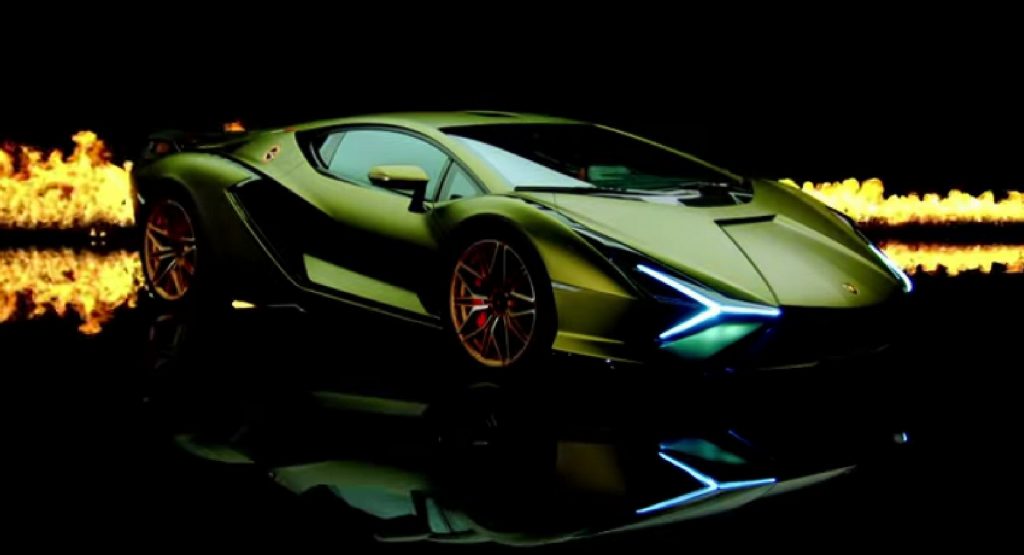Among the many things that Top Gear has long done well, its production value has always been a huge strength. Now, Top Gear Series Director Jon Richards gives you a sense of how much work goes into producing the show’s exquisite in-studio shots.
Shot on the set of the Lamborghini Huracan STO‘s photoshoot, the video follows how those pieces of film go from a concept to being woven into the structure of a Top Gear review.
“The trickiest thing for me is to keep the ideas fresh,” says Richards. “I kind of try to find concepts that reflect the essence of, for me, what the car’s about. Other times I just throw some lights at it,” he adds jokingly.
Read Also: Lamborghini’s Incredible Huracan STO Is Unrecognizable From The Too-Sensible 2014 Original
In the video, he explains how, for the Huracan STO, he wanted lighting that reflected the sense of movement created by a dark tunnel. For the Dallara Stradale, meanwhile, he chose line painting in order to highlight the shape of the car.
What sounds simple enough in concept, though, can be enormously tricky and time-consuming to actually accomplish. Even though the shots last mere seconds, they take hours to get.
“That all happens so quickly, but the reality is we’re in here dialing in a shot for about an hour each time. Like, to get that rear three-quarter there,” says Richards, pointing a shot of a Lamborghini Sian surrounded by flames, “you gotta park the car, you gotta line it up, you gotta bring the lights in, you gotta prevent the reflections from happening, then dial in the flame, the flame doesn’t work, and then the flame comes in the wrong settings, and then the light’s on and the car lights turn off, and you gotta reset. It is nonstop.”
It’s that work, though, that he believes sets the show apart.
“One of the big things for me about Top Gear is that we do things for real and we try and capture stuff as real as possible,” says Richards. “We don’t do big, fake CGI things, we don’t do speed-ups, we don’t do, kind of big graphic sequences. What we do is we try and capture as in-camera as possible.”








